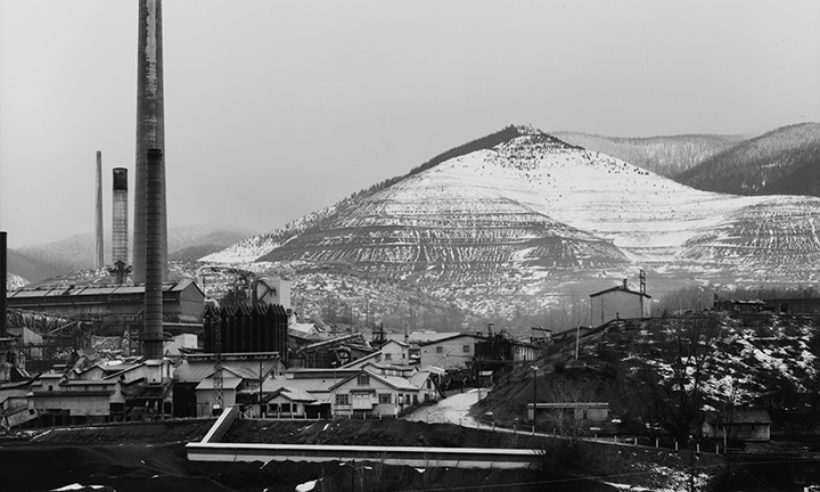Protecting Spokane’s water from pollution—keeping it safe and clean for drinking, for industry and agricultural use and for recreation—is important for the community and the region as whole. Past industrial activities, locally and upstream, contributed to contamination of the Spokane River and its fish and beaches, mainly in the form of PCBs and metals. Today, pollution enters the Spokane River and aquifer through rainwater that runs off roads, roofs, parking lots and other hard surfaces. It also comes from storm drains and sewers near the places where people live and work. While cleanup efforts have reduced contamination, continued vigilance is crucial to protecting the region’s waterways and aquifer going forward.
Polychlorinated biphenyls, or PCBs, are a significant threat to the area’s water supplies. PCBs are a class of persistent, toxic compounds that are bioaccumulative, meaning they can build up in an organism’s body. Until commercial production of PCBs was banned in 1979, they were used in a wide range of consumer products. Even with the commercial ban, PCBs are still inadvertently produced during some manufacturing processes, which means that they can still pollute the environment. To learn more about ways to reduce PCB pollution, visit Protecting Spokane’s Water.

Bunker Hill Lead Smelter, Shoshone County, ID. Image Courtesy of the Library of Congress.
Heavy metals are potentially toxic minerals including arsenic, cadmium and lead. During the last century, mining in the Coeur d’Alene Basin released heavy metal contamination in downstream bodies of water, including Lake Coeur d’Alene and the Spokane River.
While much of the heavy metal contamination settles at the bottom of Lake Coeur d’Alene, the finer contaminated sediments enter the Spokane River during high water runoff events. Heavy metals can settle on the river bottom, flow downstream, or be deposited on shorelines. During conditions when waters are high, heavy metals can be deposited at the high-water mark well above the river’s summer shoreline water level.
To protect vulnerable bodies of water like the Spokane River the Washington State Legislature, in 2007, funded the state’s Urban Waters Initiative. Subsequently, in 2008, the Washington State Department of Ecology issued grants to 14 cities and counties, including Spokane, to implement Local Source Control programs to provide pollution prevention technical assistance to small businesses. The goal of the programs, like the one at Spokane Regional Health District, is to identify and control contaminants entering wastewater, groundwater and stormwater at the source. Technical assistance visits are offered without charge to small quantity generators.
This work is important because hazardous substances, including PCBs, PBDEs (flame retardants), dioxins, furans, and metals, eventually end up in wastewater, groundwater and stormwater, which then flow into the Spokane River. These substances have been found at harmful levels in the tissues of fish caught in the river.
“Metals/Mining,” Spokane County, accessed Nov. 2, 2021, https://www.spokanecounty.org/1261/Metals-Mining.
Jule Schultz, “Toxics in the Spokane River – Why We Care,” Spokane Riverkeeper, February 6, 2018, https://www.spokaneriverkeeper.org/riverjournal/2018/2/1/toxics-in-the-spokane-river-why-we-care.
“How Small Businesses Can Help Care for the Spokane River,” Local Source Control Program, Spokane Regional Health District, June 2018, https://srhd.org/media/documents/Protecting-Spokanes-Water-Business-Handout.pdf.
Alex Stone, Sc., D., Polychlorinated Biphenyls (PCBs) in General Consumer Products (Olympia, WA: Washington State Department of Ecology, June 2014), https://apps.ecology.wa.gov/publications/publications/1404035.pdf.